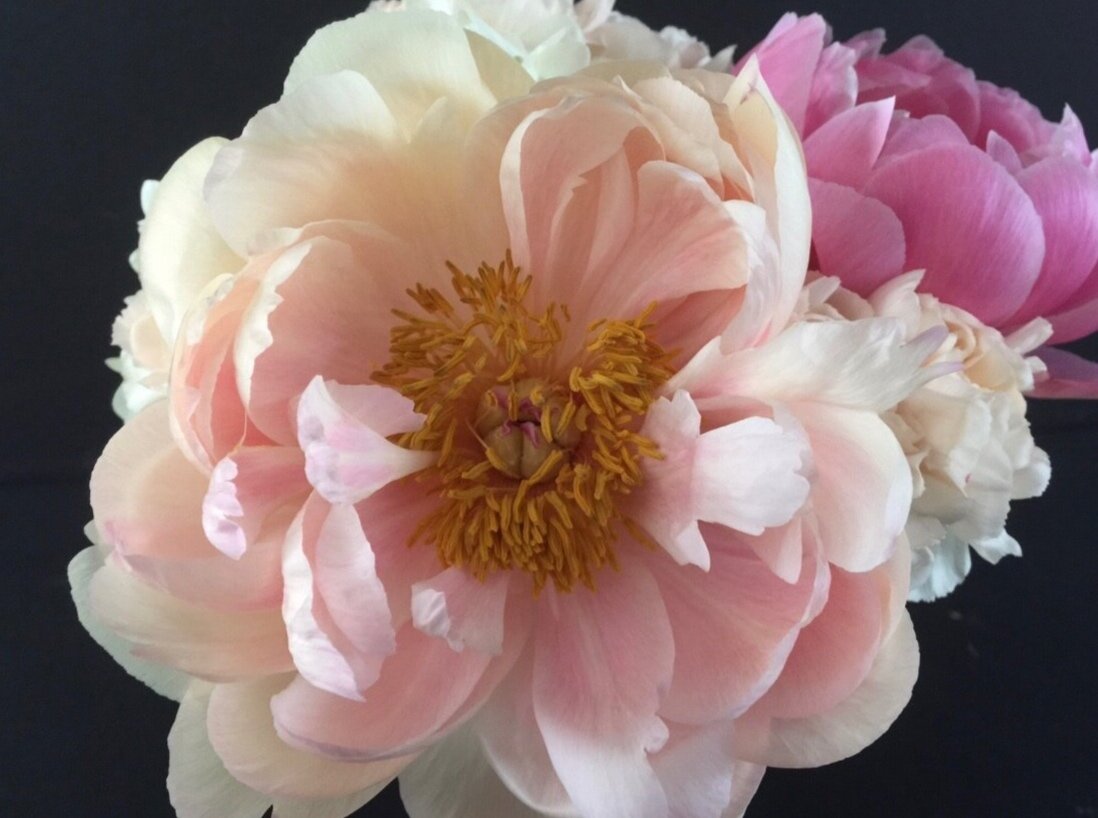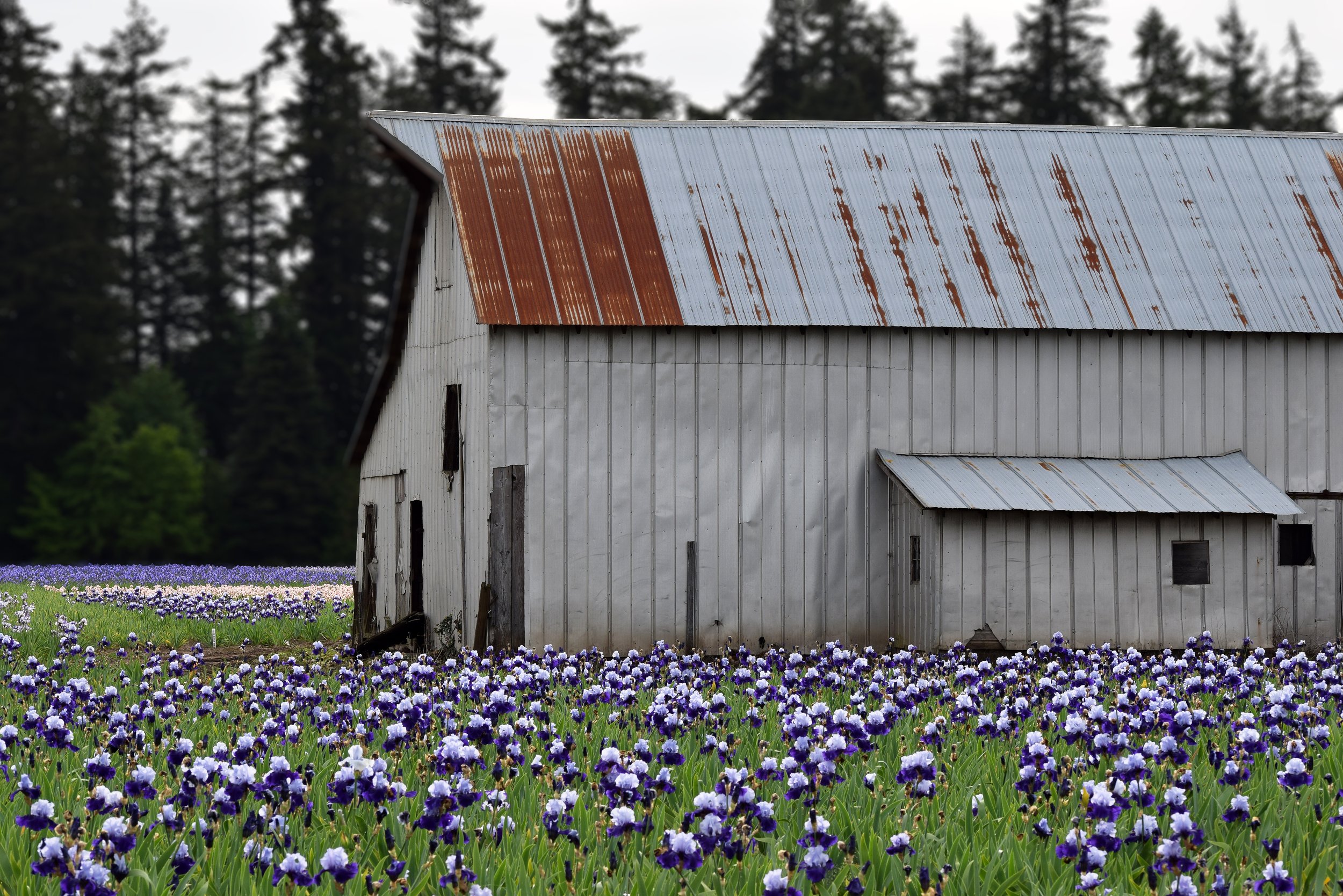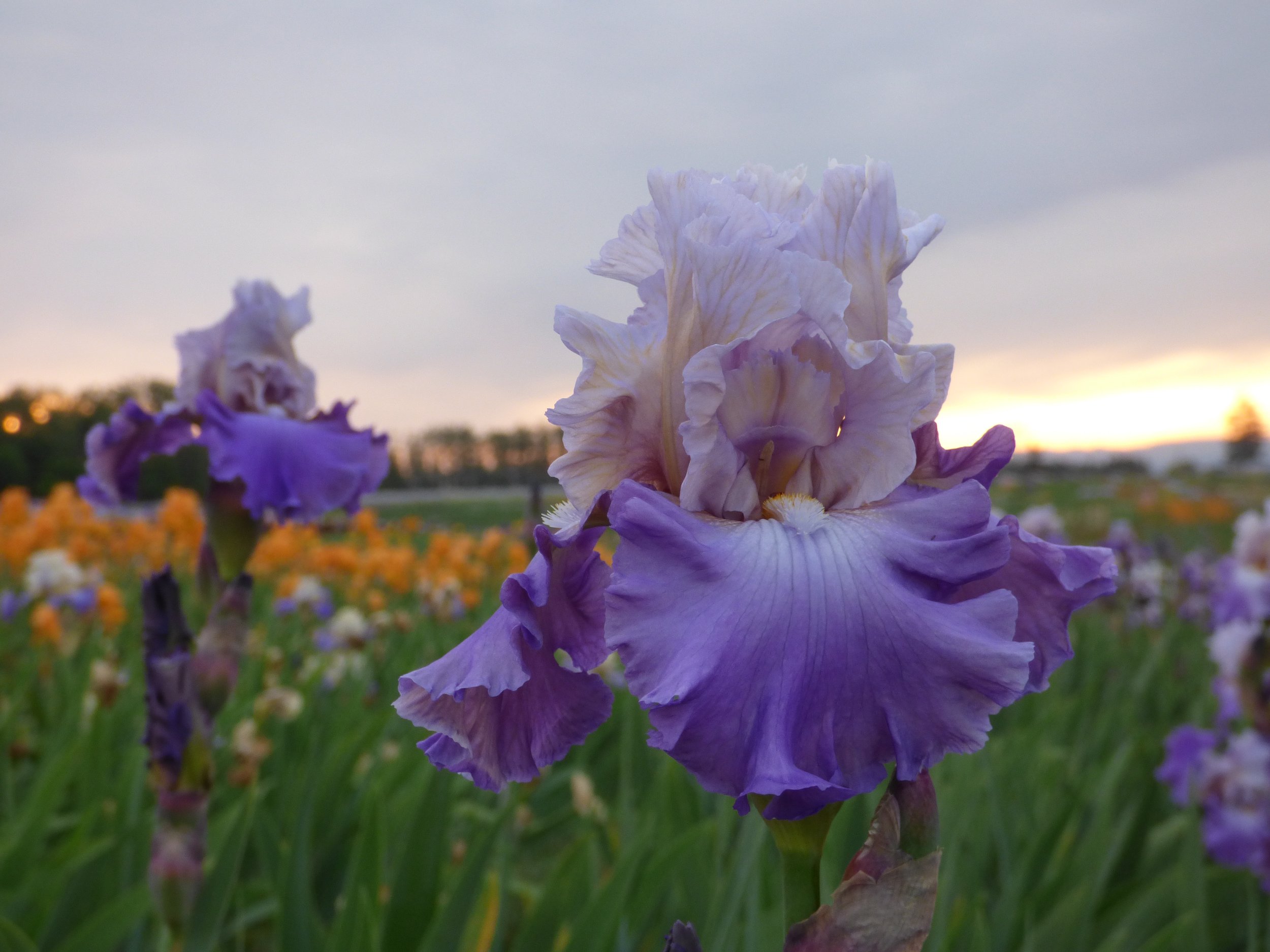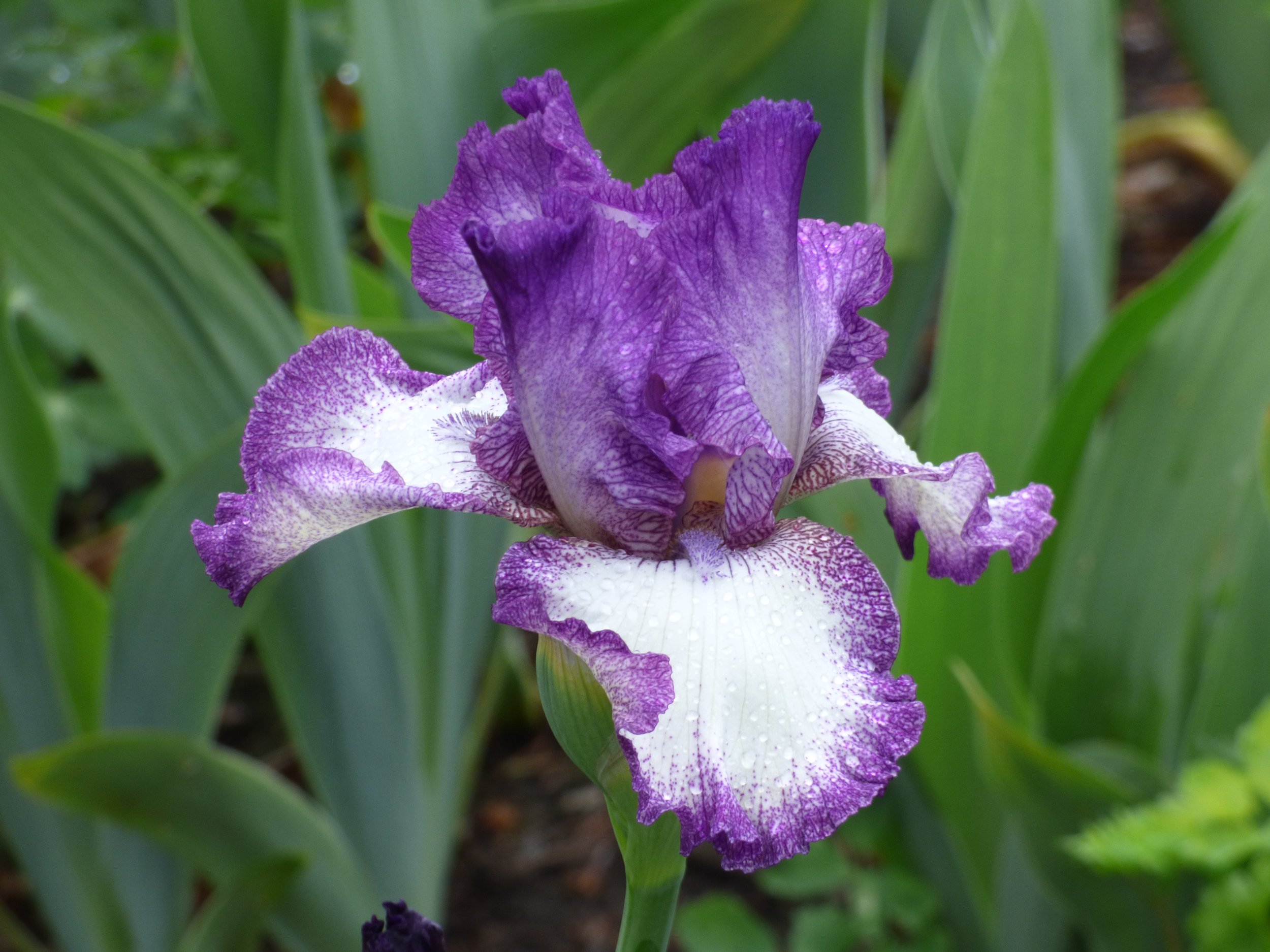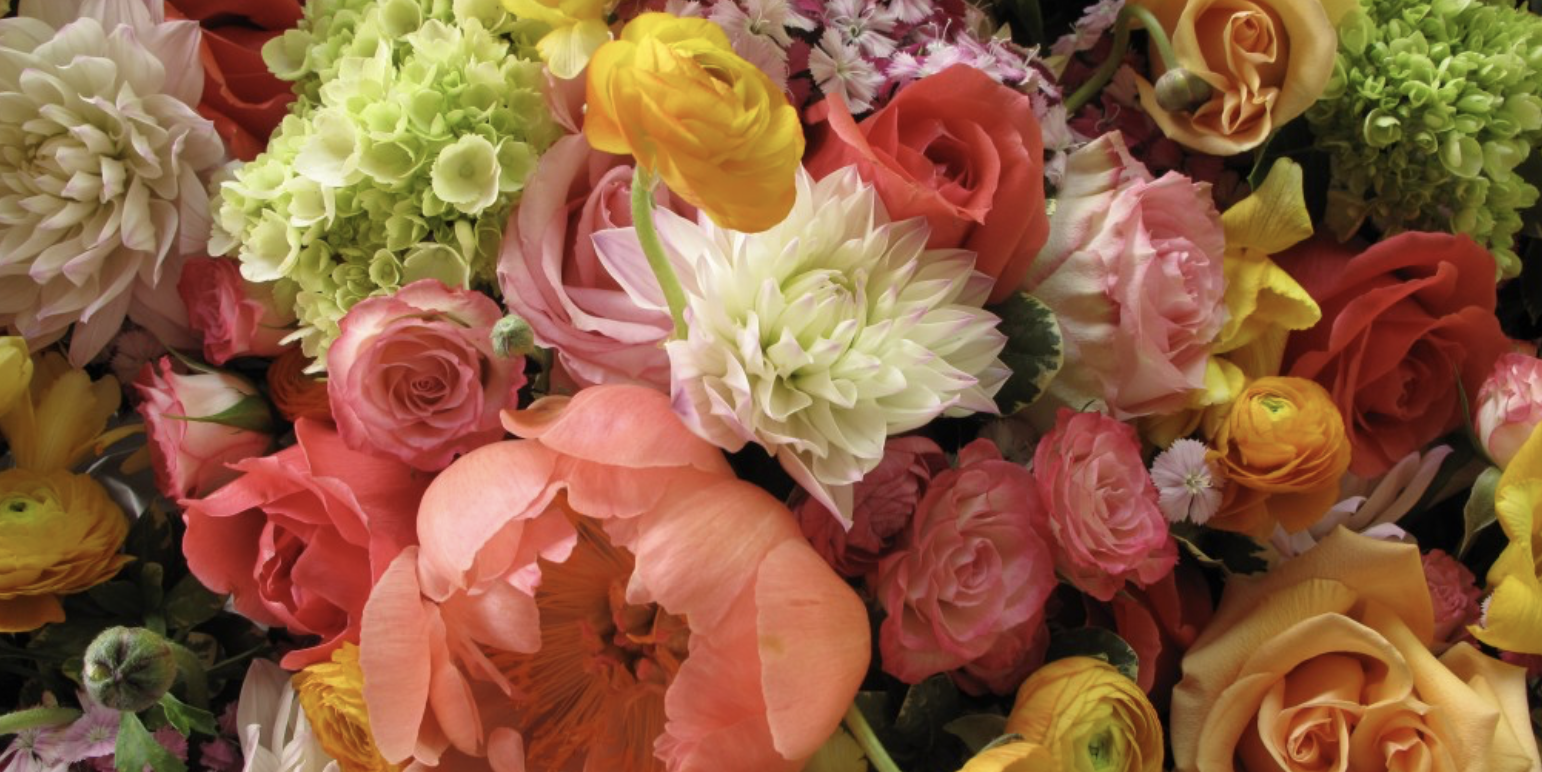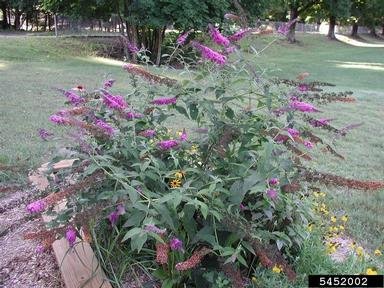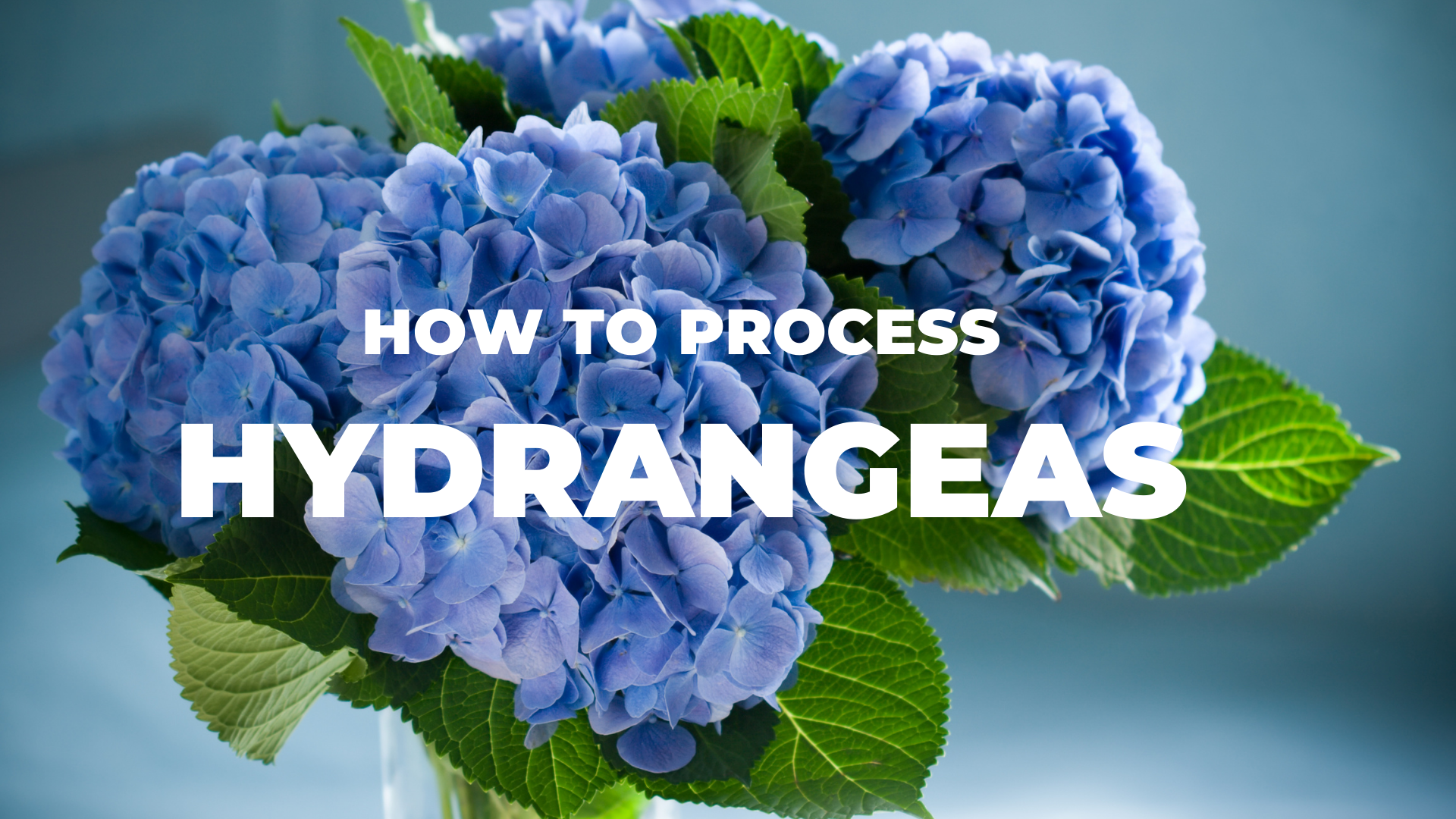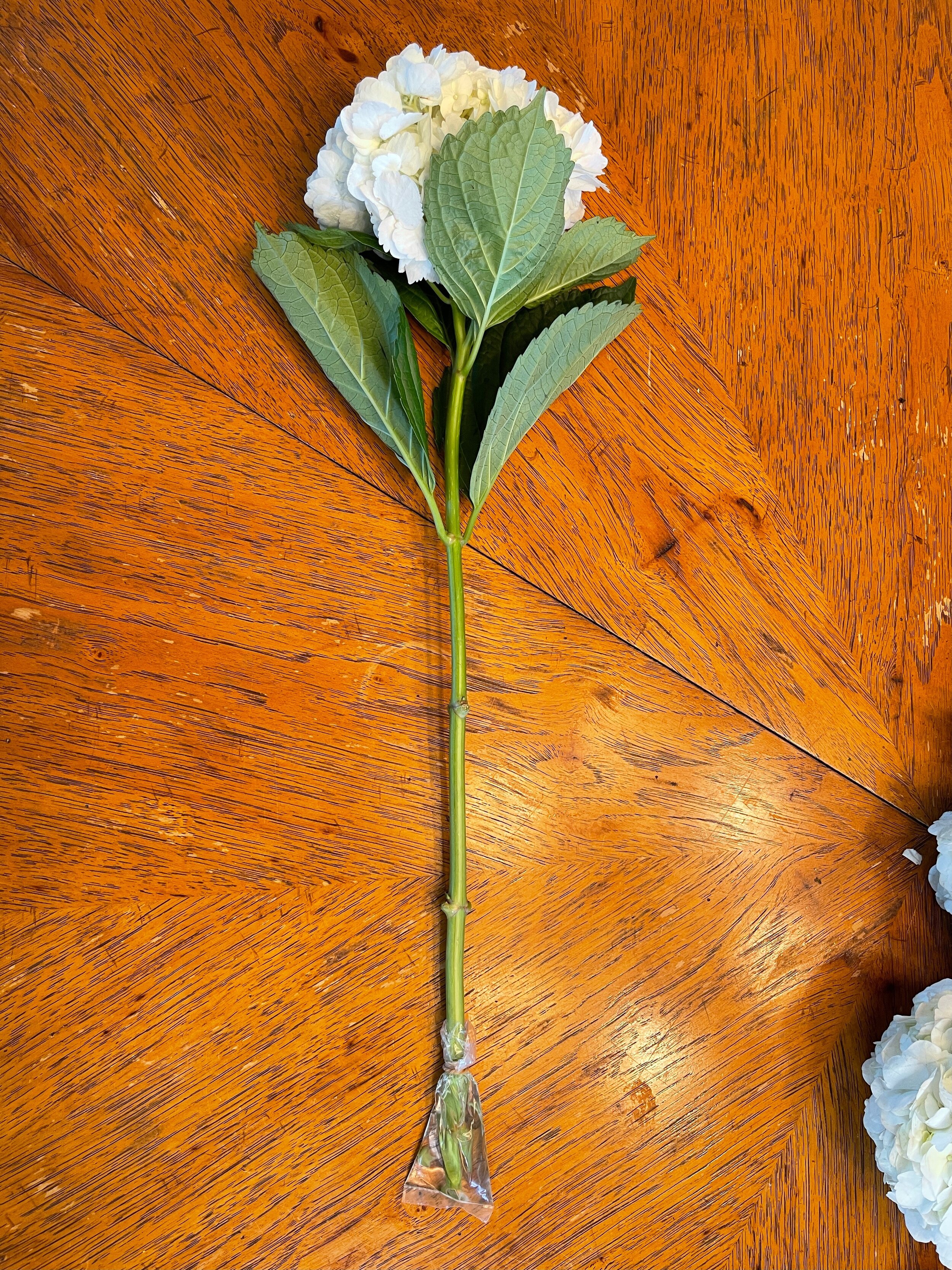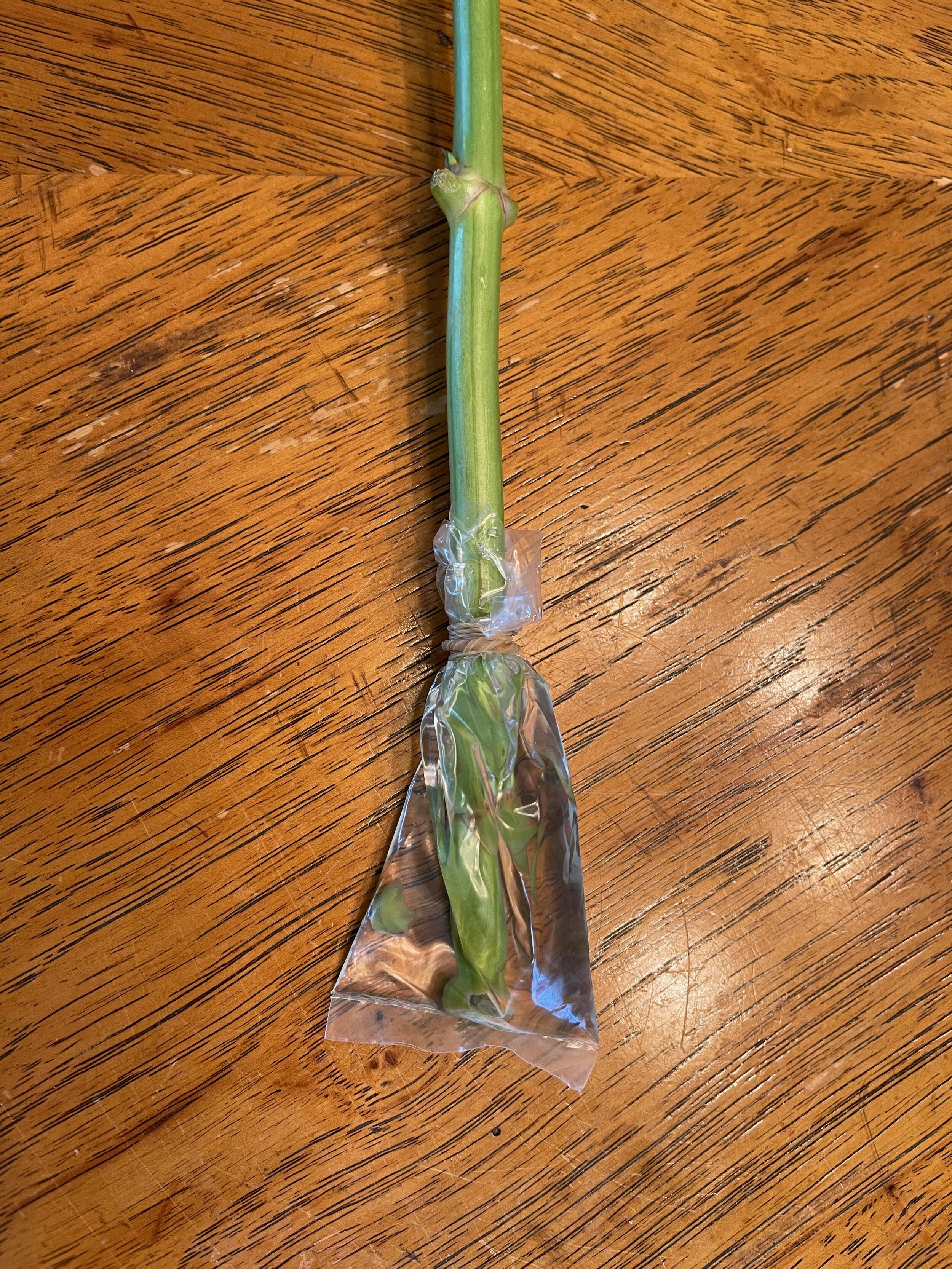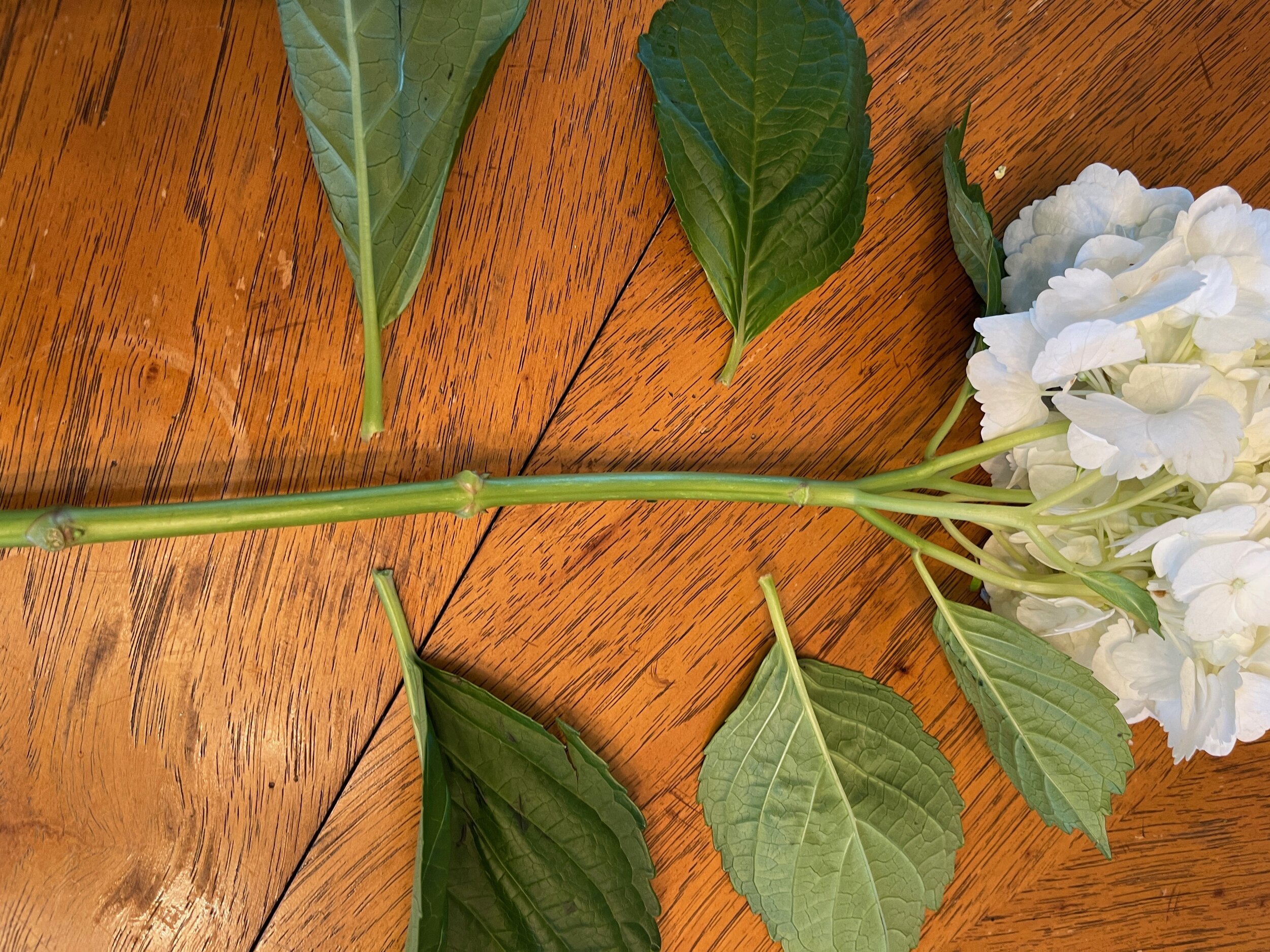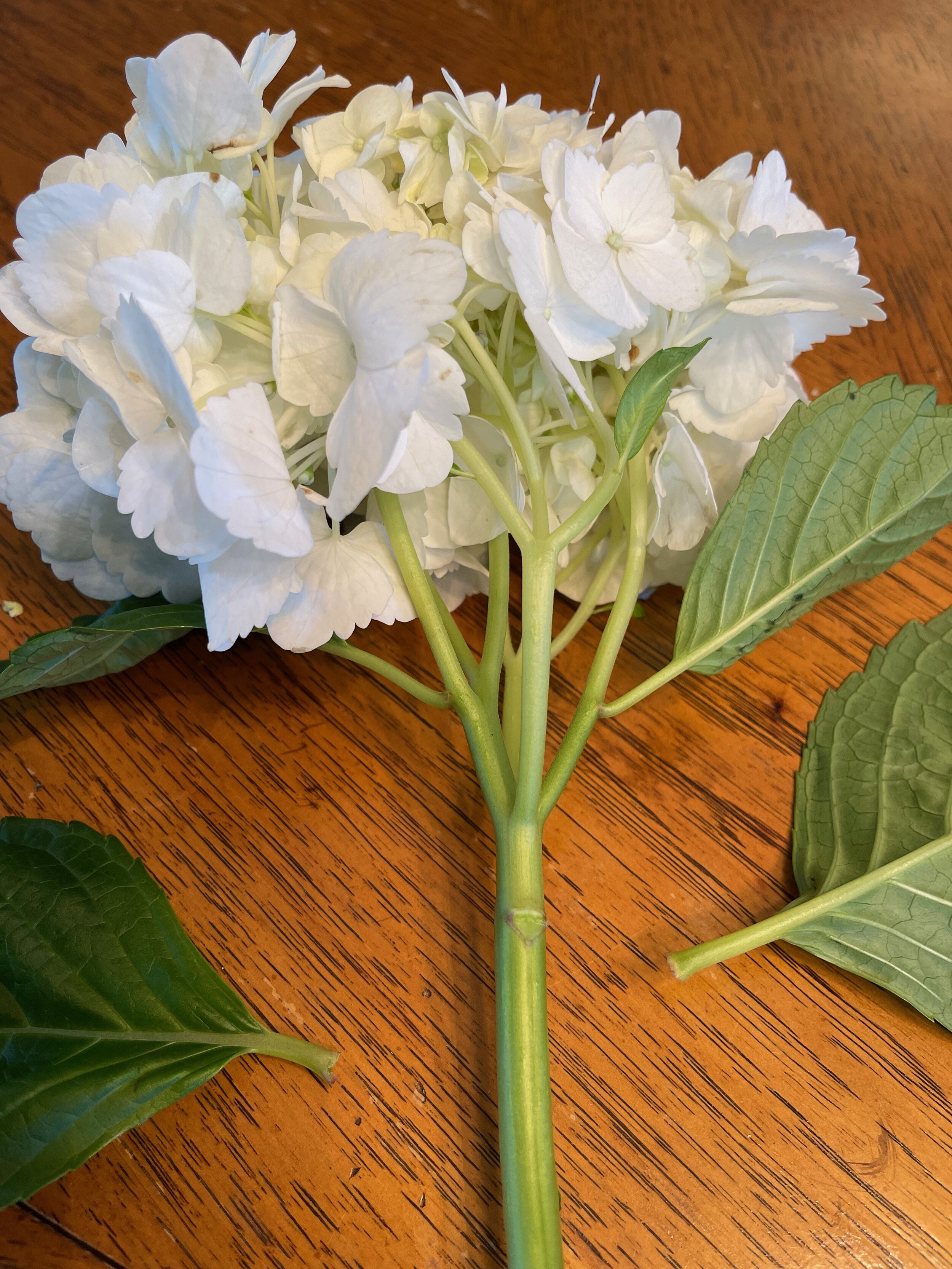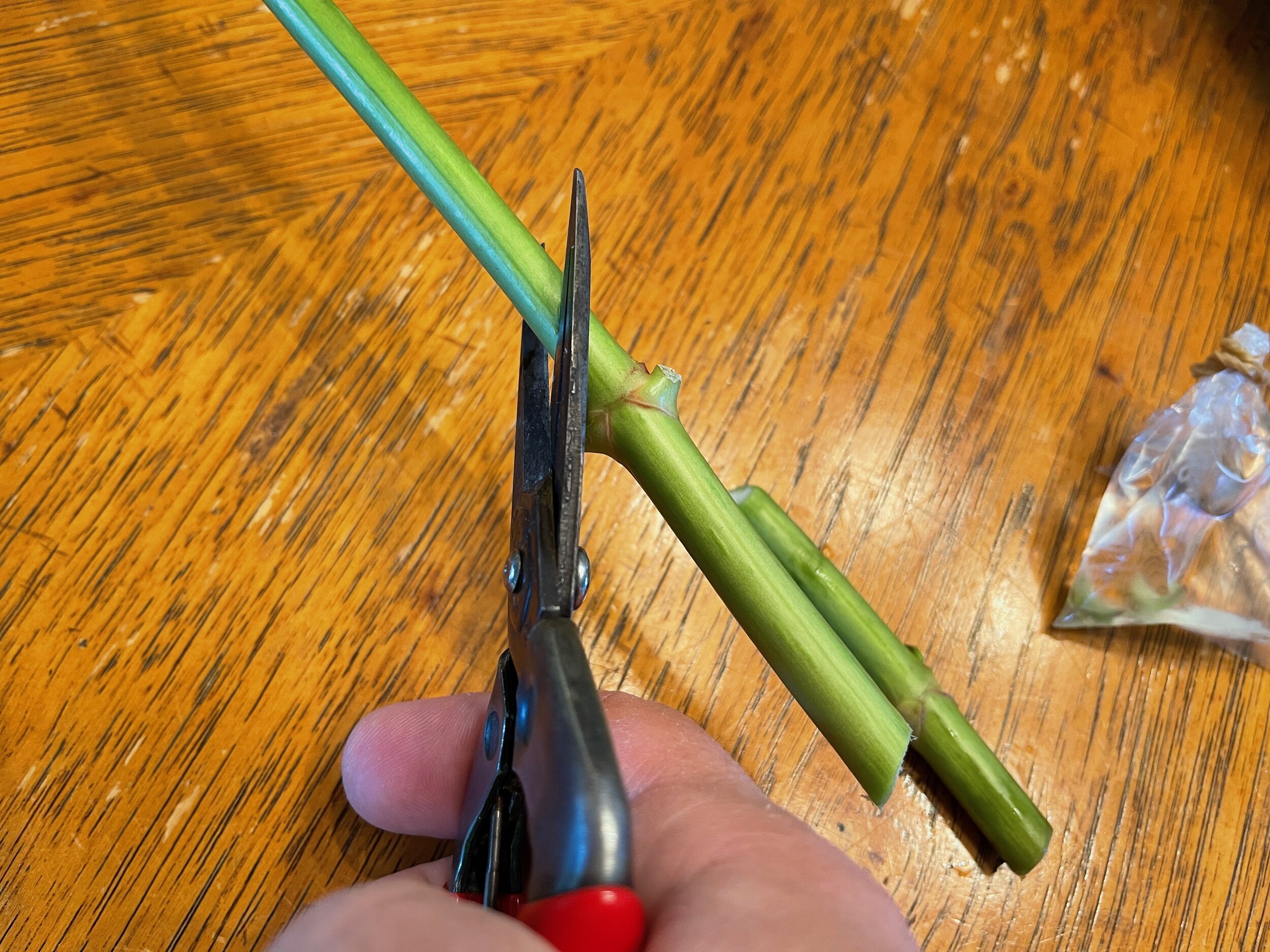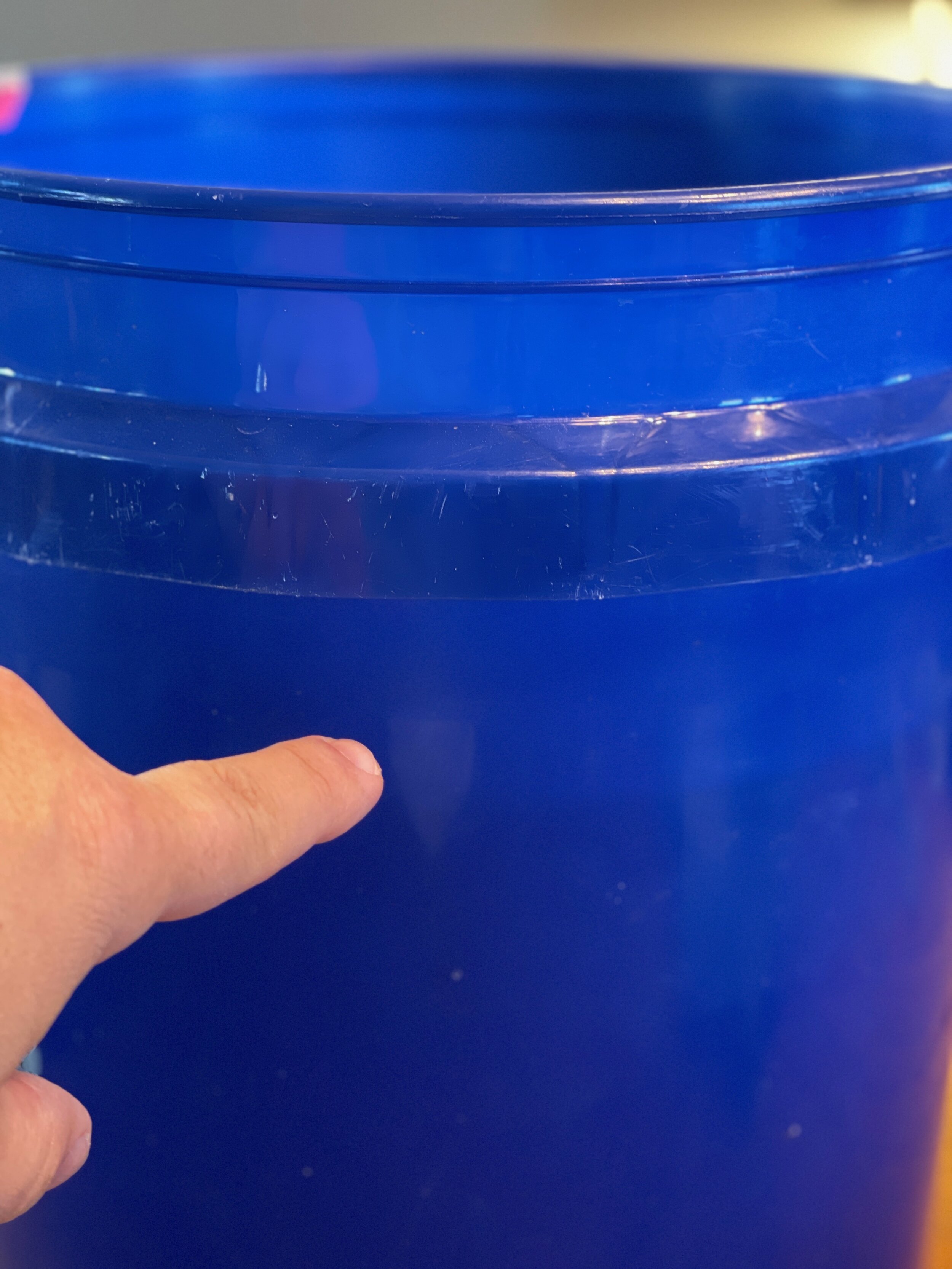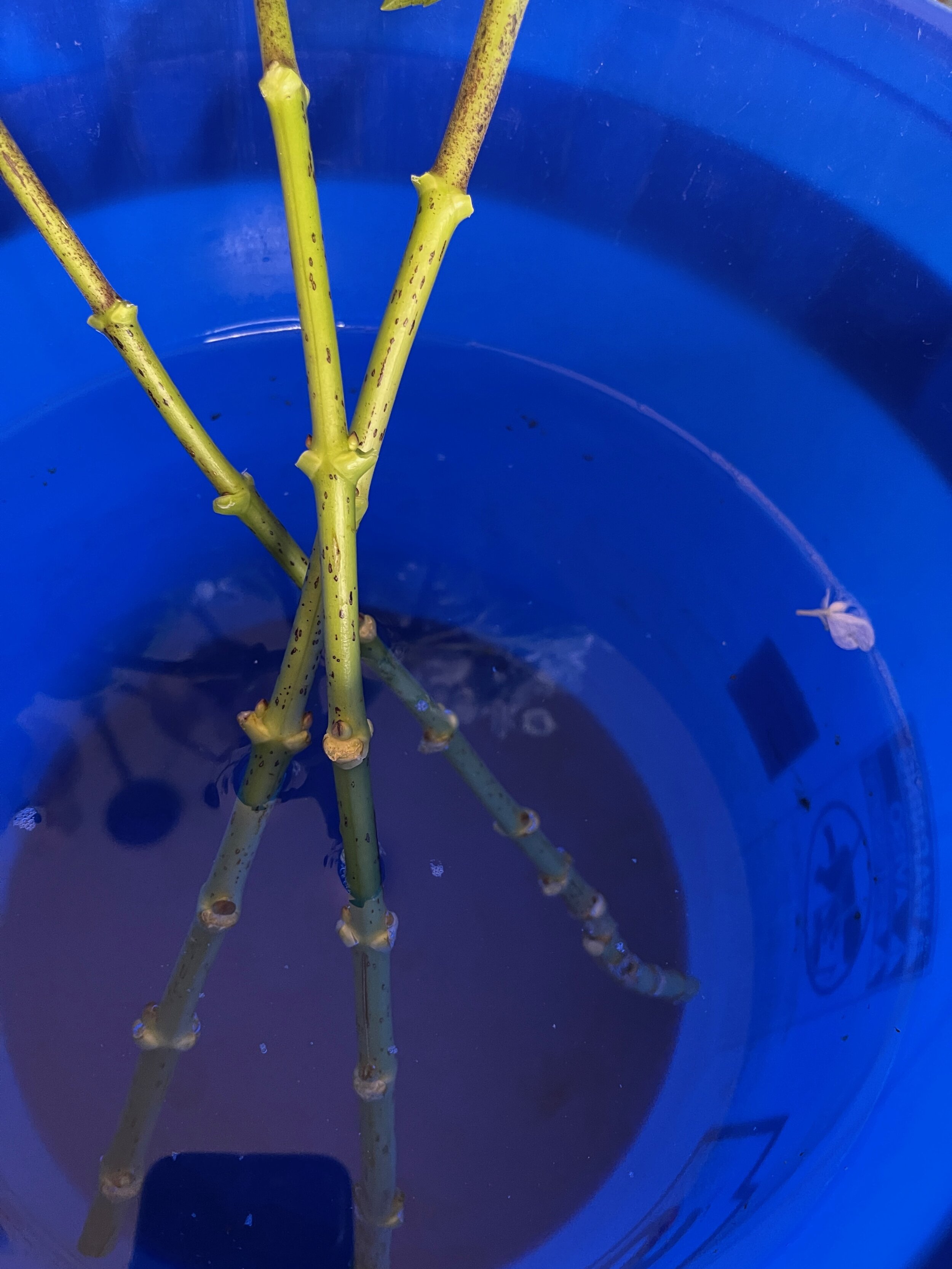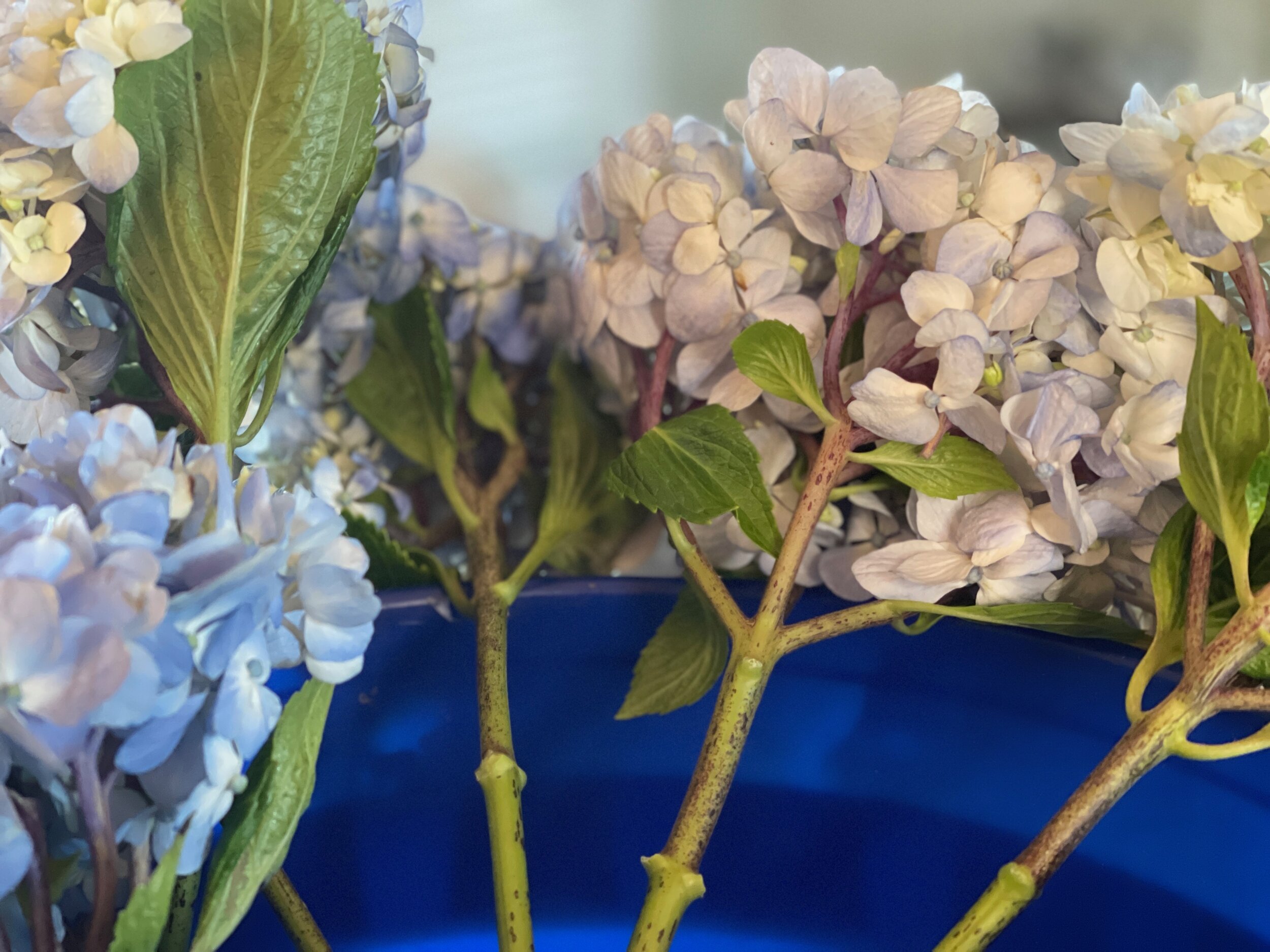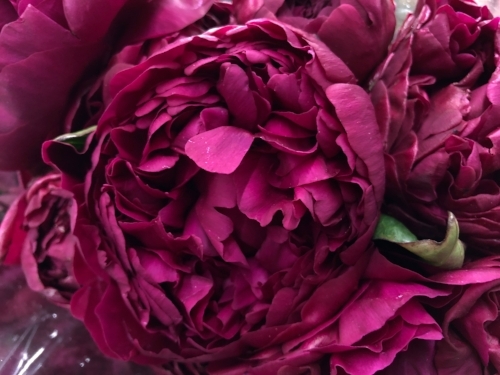Guest Blog Post
Chrysal has always pushed the envelope when it comes to flower preservation. Their persistent dedication to quality, research, and pursuing environmentally friendly techniques has gained them the trust of florists, gardeners, and flower enthusiasts all around the world. Whether you're a professional florist looking to wow your customers with long-lasting arrangements, a passionate flower grower looking for post harvest care, or simply enjoy a lovely bouquet at home, Chrysal's product line has something for everyone.




































Chrysal has generously provided our listeners with a special offer. Elevate Your Floral Experience with Chrysal Flower Preservative: Save with Coupon Code: Scott23 and receive 10% OFF the site. Create your account and start saving! Be sure to look into the Chrysal Reward Points and earn with each purchase.
Want to learn more about Chrysal? Listen to The Flower Podcast episode with Dennis Wheeler, Sales Manager of Chrysal.
